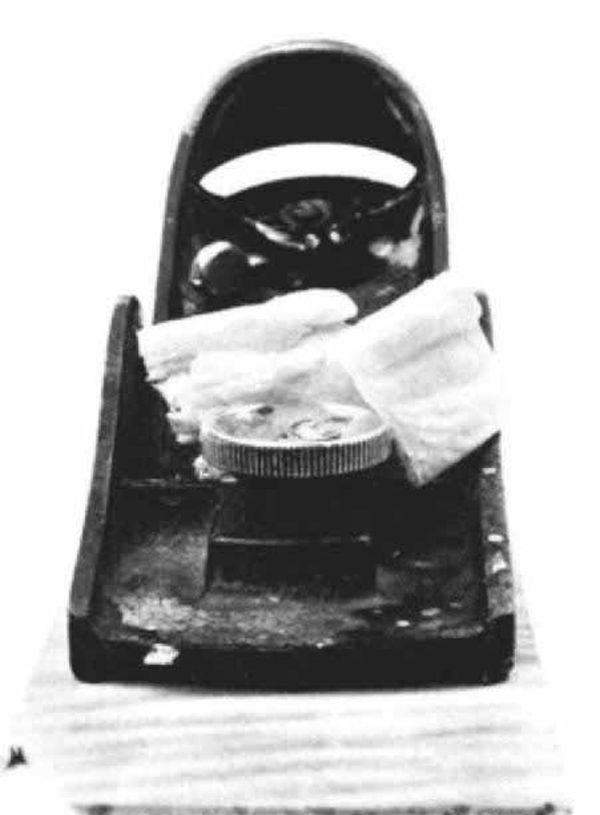Souping Up the Block Plane
It's a matter of geometry, plus perception
Synopsis: Richard S. Newman visited luthier Robert Meadow and explains a few of his techniques. Meadow spent years investigating how edge tools work and regularly hand-planes curly maple sawn to 1/16 in. thick or 1mm ebony veneer. He talks about machines and abrasives vs. hand tools, the balance of forces and resistances when you plane wood, and why he prefers block planes. He discusses edge geometry and offers directions on how to tune up a No. 9-1/2 plane. Meadow flattens or hollows the bottom of the plane before curving the edge of the plane iron. He shares advice on keeping edges sharp, minding friction and impact, and using laminated steel for replacement blades.
From Fine Woodworking #39
Imagine trying to hand-plane a strip of curly maple sawn to one-sixteenth inch thick, or a one millimeter ebony veneer. This is daily work for luthier Robert Meadow, who creates exquisite lutes of exotic and highly figured woods. As every musician knows, some instruments must be forced to make sound, while others sing at the slightest touch. So it is with tools. Meadow’s planes consistently take shavings you can see through, the full width of the iron and the full length of the board.
This is not just extraordinary skill at work. Meadow has spent years investigating how edge tools work. His desire to share his experiences has led to the formation of a school providing intensive instruction in hand-tool work, and to frequent workshops across the country where he impresses audiences with his ability to plane the nastiest wood. I visited Meadow at his school and workshop in Saugerties, N.Y., and discovered that he has evolved to almost exclusive use of Japanese edge tools, both in his own work and at his school. He is convinced that these tools are the ultimate solution to cutting wood. I wasn’t ready to take that plunge, so I asked him to share his earlier work with metal planes. In this article I’ll describe how Meadow would turn an ordinary block plane into a fine finishing tool.
To begin with, Meadow claims that for fine work, hand tools are a practical, even superior, alternative to machines and abrasives. Planes remove wood a lot faster—and cheaper—than sandpaper. The surface is clearer, feels better and is far more beautiful than an abraded one. Of this last I have no doubt, as Meadow later planed half of a 1/16-in. curly cherry veneered tabletop for me on a visit to my own shop, in order to relax after a trying workshop. His surface was so much better than the adjacent sanded surface that I was inspired to tune up my own planes in order to complete the job. You can test this by applying a coat of oil to a wood surface sanded as smooth as you can get it. The oil will soak into the minute scratches that were left by sanding, leaving a dull surface that will require many coats of oil to improve. Apply oil to a planed surface and even the first coat will gleam.
For the full article, download the PDF below:
Fine Woodworking Recommended Products

Starrett 4" Double Square

Marking knife: Hock Double-Bevel Violin Knife, 3/4 in.

Suizan Japanese Pull Saw






















Log in or create an account to post a comment.
Sign up Log in